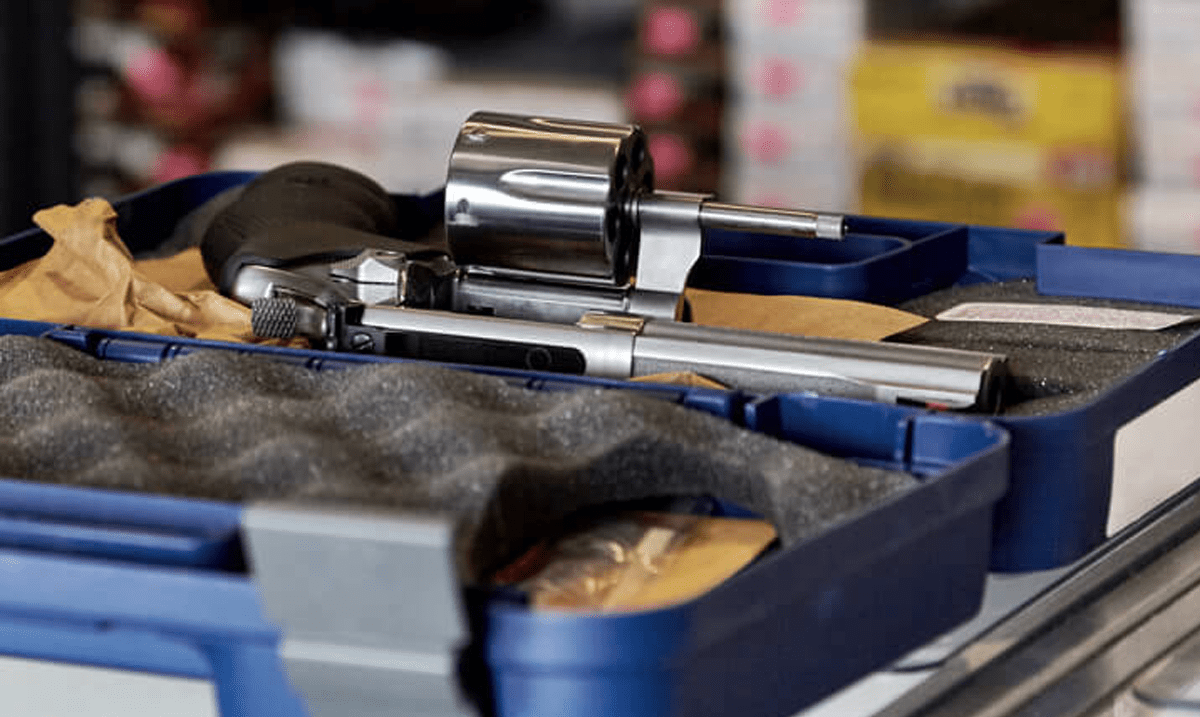 Back to News
Back to News
August 12, 2010
Recent updates from ATF for firearms retailers
ATF Publishes Updated Federal Firearms Licensee Quick Reference and Best Practices Guide
ATF Publication 5300.15 (FFL Quick Reference and Best Practices Guide) has been revised as of August 2009 and is available on ATF’s website. This guide stresses the importance of compliance with Federal Firearms Laws and Regulations and provides explanations and suggestions on how to conduct business as an FFL. Reporting requirements, Acquisition and Disposition record keeping instructions and examples, residency requirements, transfers and more are all covered in this guide. NSSF highly recommends that all FFL’s familiarize themselves with this ATF publication and consider adopting those business practices you find suitable and appropriate for running your business.
This guide from the ATF covers reporting requirements, Acquisition and Disposition record keeping requirements and examples, residency requirements, transfers and more. In addition to explaining requirements of FFLs, the guide also provides information on the top violations, how to renew an FFL, how to fill out the appropriate paperwork with sample documents and reference charts and ATF reference and contact information. This guide is a great way for an FFL to not only ensure their own compliance but also to help train employees on lawful FFL practices.
_____________________________________________
ATF Publishes General Notice on Hearing Procedures Related to Federal Firearms Licenses
Last week, the ATF published in the Federal Register its current procedures for administrative hearings held as part of firearms license proceedings. The notice ensures the FFLs are familiar with how the revocation, denial or suspension hearings are conducted. To learn more about the ATF’s notice, please see our summary in our [industry blog link]. NSSF strongly recommends FFLs hire an attorney knowledgeable of federal firearms laws to represent them at the hearing or warning conference.
NSSF supports “The Bureau of Alcohol, Tobacco, Firearms and Explosives (ATF) Reform and Firearms Modernization Act of 2009” (S. 941). Instead of the process outline in the general notice, the bill strikes a fair balance between providing ATF with additional regulatory options to encourage even greater compliance short of revocation while at the same time affording licensees more rights and due process in the regulatory scheme. It would allow ATF new powers to issue fines and suspend licenses of Federal Firearms Licensees (as opposed to current regulations outlined in this notice which only allow for license revocation). The legislation would also allow ATF to distinguish between violations and “benign/administrative” violations and create an appeal process whereby FFLs would have cases heard before a neutral administrative law judge, rather than an ATF official.
NSSF is supportive of this bill as it will help protect the rights of FFLs while giving ATF more flexibility in how they exercise their regulatory authority to encourage enhanced compliance.
_____________________________________________
ATF Releases Newsletter
In an effort to keep Federal firearms licensees (FFLs) abreast of changing firearms laws and regulations, the Bureau of Alcohol, Tobacco, Firearms and Explosives (ATF) provides semiannual FFL Newsletters. The most recent newsletter, June 2010 FFL Newsletter, was published this week on ATF’s website and is summarized below.
Mr. Arthur Herbert was appointed as the Assistant Director for the Enforcement Programs and Services Directorate (EPS) and Ms. Teresa Ficaretta was appointed as the Deputy Assistant Director for Enforcement Programs and Services.
ATF clarified its activities in eTrace claims of illegal gun owner registrations and explained the parameters of its searches including why the ATF would be interested in running these searches on foreign weapons.
Valid identification documents with respect to Gun Control Act of 1968 (GCA) transfers were defined and the provisions of the GCA concerning internet sales and gun show requirements were explained. Form 6 application guidelines were covered in the newsletter as well as in a recent press release from the ATF on Common Form 6 Errors published today.
ATF also announced the recent updates and features since its last newsletter:
- ATF Online Educational Seminars for FFLs
- ATF State Laws and Published Ordinances — Firearms (5300.5) – Revised Dec 2009
- ATF Safety and Security Information for FFLs
- National Firearms Act (NFA) Short Barreled Rifles and Shotguns – FAQ
- ATF Ruling 2009.5 – Firearms Manufacturing Activities – FAQ
- ATF Ruling 2010.1 – Defining temporary transfers (our blog on this topic)
- NICS E-Check System
_____________________________________________
ATF Publishes Common Form 6 Errors
The ATF, in an effort to efficiently and effectively process import permit applications has published a list of the most common errors they encounter when processing Form 6 applications. The ATF List of Common Form 6 Errors is provided as a quick reference tool for use in reviewing an application before sending it to the ATF. It also may be helpful for training new employees assigned to prepare permit applications. The blocks referenced in the list are found on ATF Form 6, Application and Permit for Importation of Firearms, Ammunition, and Implements of War, also known as ATF Form 5330.3A.
Categories: Government Relations, Retailers









